Syndigo clients benefited from an estimated $1.186 billion in incremental cart value during busiest online holiday season
If ever there was a year of retail revolution, 2020 could be at the top. In addition to online platforms expanding physical store footprints, “last mile” providers, and checkout-free concepts, the massive restrictions brought on by COVID-19 provided an incubator for experimentation on a grand scale. Retailers, distributors and brands alike were forced to adapt to the new reality of what shopping meant.
And consumers have leveraged online shopping in a big way. On Cyber Weekend alone (Black Friday through Cyber Monday), Syndigo clients using Enhanced content on their product pages gained an estimated $1.186 billion in incremental cart value compared to PDPs with no Enhanced content. Consumers who interacted with Enhanced content also converted at a higher rate – 34% more than those who did not interact with Enhanced content.
Throughout the year, Syndigo has been tracking activity across nearly 3 billion pageviews and has also seen some interesting trends. Based on the timing of the pandemic, online shopping behavior trended in four specific time periods: “Pre-COVID”, the “COVID Spike”, “COVID Normal”, and Cyber Weekend.
Enhanced content drove an estimated $1.186 B of incremental cart value (compared to product pages without any Enhanced content)
Consumers who interacted with Enhanced content converted 34.2% more than those who did not
The “Pre-COVID” timeframe ended around mid-March and showed a typical fall-off in activity from the previous holiday period. This is typical during most years, but what happened next isn’t. Beginning mid-March, the “COVID Spike” began, pushing online activity nearly as high as 2019’s Black Friday numbers. Consumers flocked to pages in droves, buying products in anticipation of a wide-scale retail shutdown – perceived necessities including paper and cleaning products, dry and canned goods and other stock-up items.
However, rather than typical online shopping, consumers during the COVID Spike were just buying without spending much time looking. When considering the page viewability – whether shoppers were scrolling through an entire page, it was low during the Spike (see Chart 2). This table also shows – while both traffic and repeat visits rose by more than 20%, the engagement – including the amount of time spent on site and the information interacted with – plummeted. Buying in anticipation of a looming deadline did not encourage browsing.
2020 has been a rollercoaster…can you spot the COVID Spike?

Overlaying traffic with viewability – the trend of content consumption is rising

NOTE: “Viewability refers to the viewable impressions, inferring that consumers are scrolling down the page to see inline Enhanced content down the page.
After the initial rush, “COVID Normal” behaviors set in. Activity declined from the Spike, but remained higher than in years past. However, shoppers also began to connect and interact more deeply online. This period highlights the increased value of online content, as consumers spent more time online and interacting with the information on a product’s detail page.
Content interaction rates and time on page skyrocketed 23 points and 39 points higher than any other period, respectively. These interaction rates were helped by pages that included enhanced rich media – videos, images with interactive hotspots, and comparison charts or recipe ideas – to engage shoppers who may have had more time to browse deeply. And those pages with Enhanced content benefited in return.
How does consumer behavior change when “social urgency” rises?

As online sales began early to cover for in-store declines during the year, many wondered if the Cyber Weekend (Black Friday and Cyber Monday) would have as strong an impact as in years past. And without question, the online shopping behavior confirmed that yes, there would.
Interestingly, shopper activity combined some COVID Spike behaviors with the extended browsing behaviors gained during the COVID Normal” phase. While repeat visits went up marginally and content viewability jumped by 11%, the average interaction time and time on page dropped considerably. This hyper-focused period of extensive comparison shopping was combined with the consumers’ willingness to dig a bit deeper: Consumers were deal hunting, but also taking the time to read past the headline and dive into more engaging content before taking action. This helped to drive the significant growth ($1.186B) in incremental cart value.
Consumers who saw product pages with Enhanced rich media content:
Converted 7.2% more than those who did not
Had average order value 92.2% higher than those who did not
What does this mean for Brands and Retailers?
As shoppers have had to adjust their shopping behaviors due to COVID-19 restrictions, they are accessing PDPs more deeply and extensively. Even in cases where they may shop online and pick up in store, the importance of online content is growing significantly. Overall, people are getting more comfortable spending more time on product pages, and Enhanced content is what will influence their purchases.
The ‘bare minimum’ for an online listing – perhaps an image and basic product information is becoming less relevant, especially in competitive categories. Shoppers are digging deeper and gaining trust by leveraging more online information. PDPs with Enhanced content – interactive hotspots, videos, comparison charts and other rich media – will continue to show strong increases in engagement, conversion and incremental cart value.


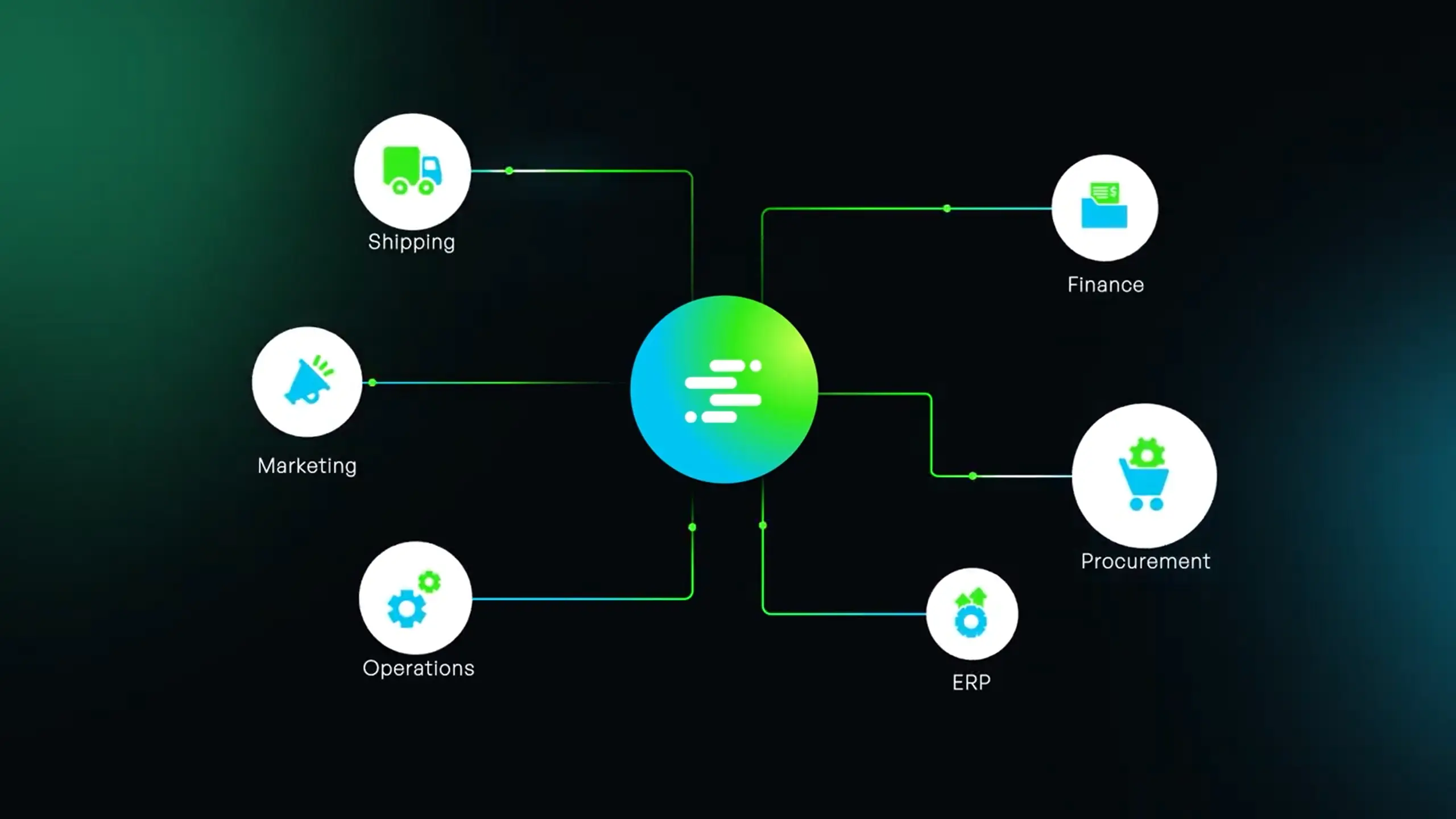
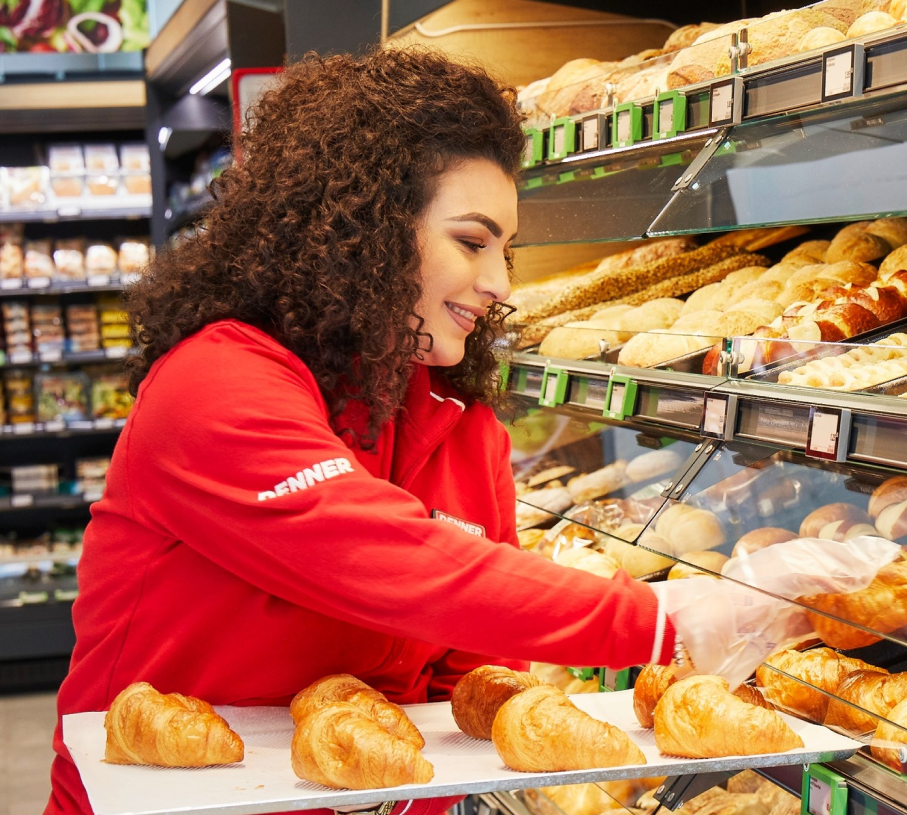
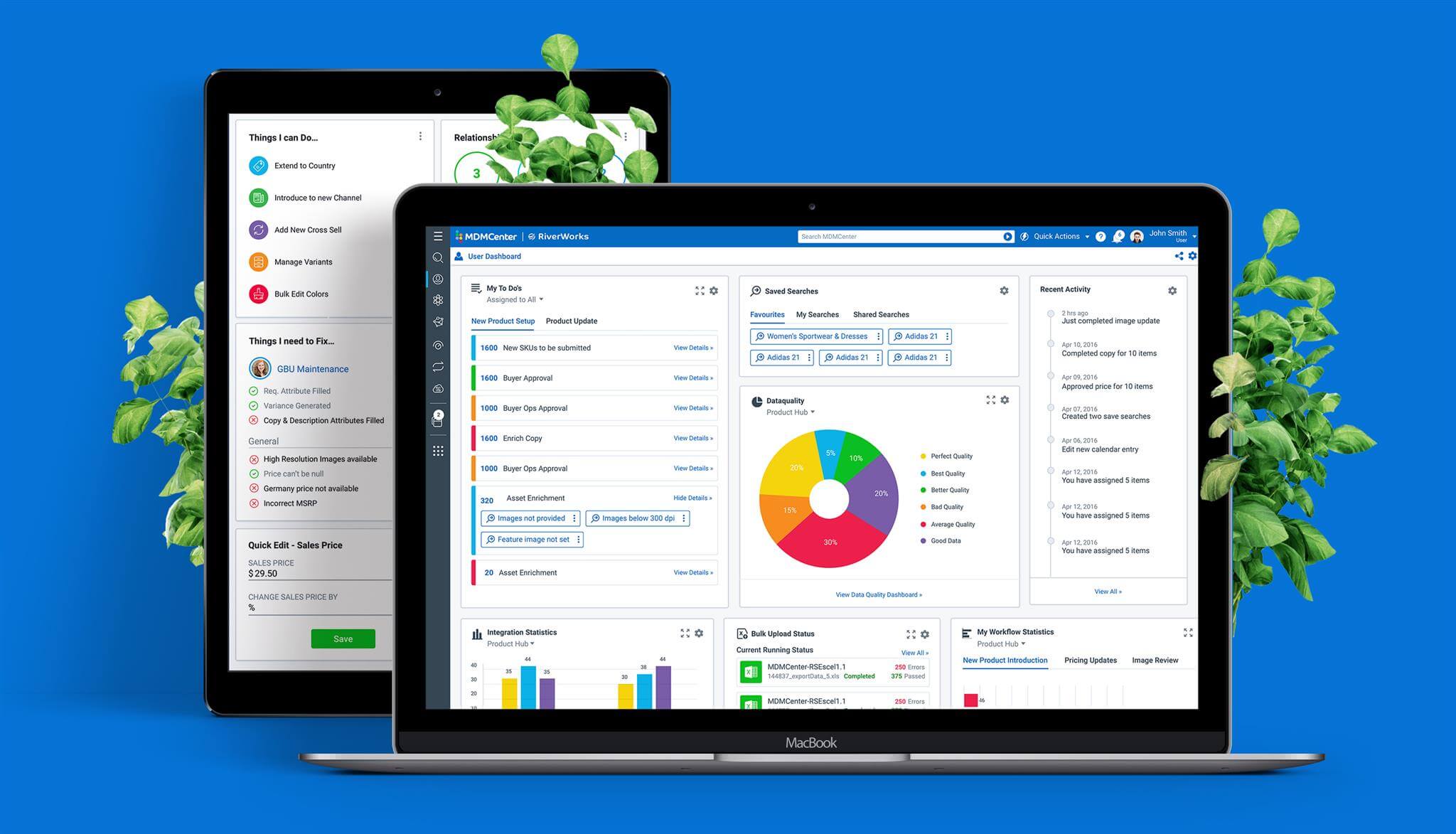

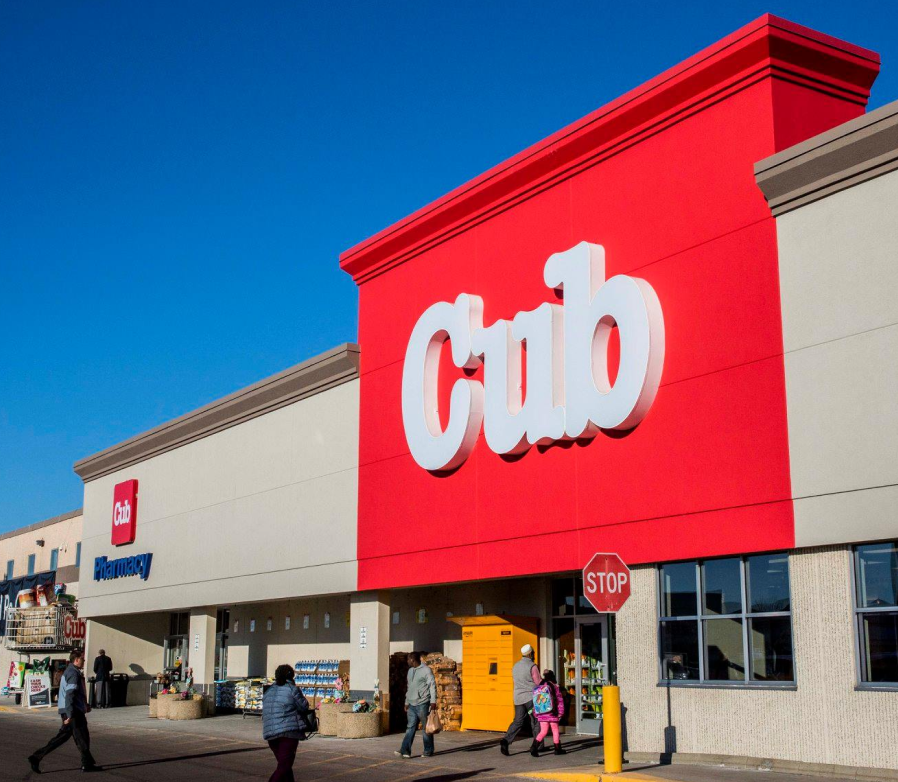





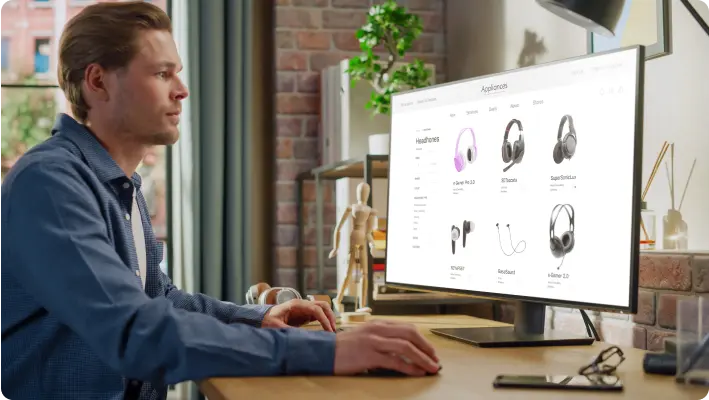
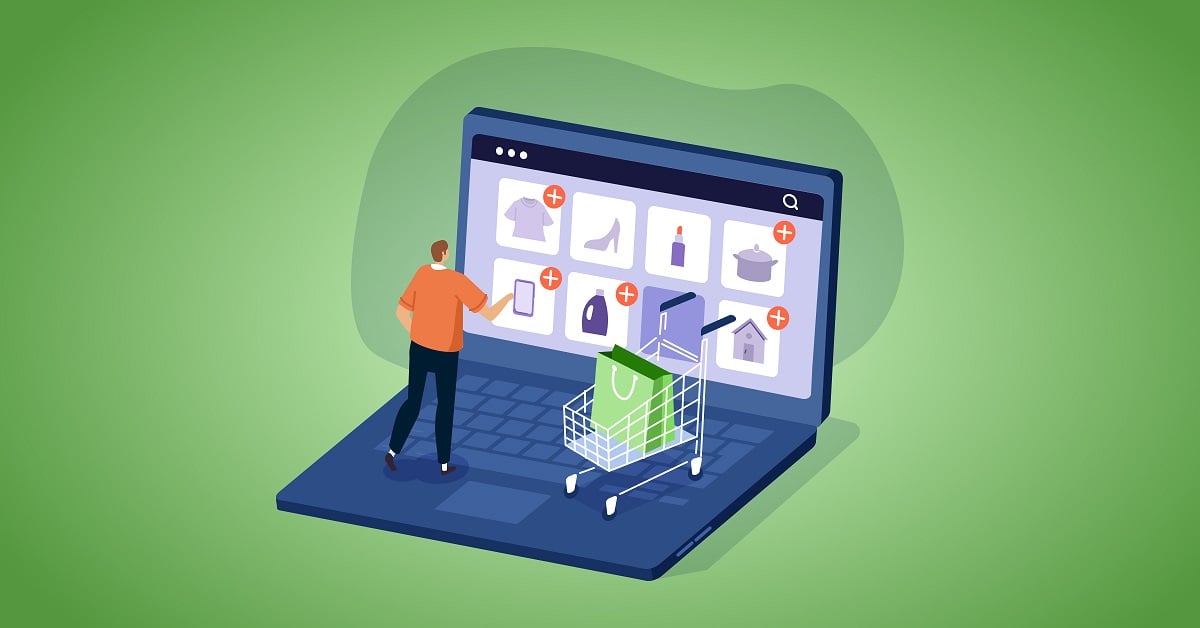
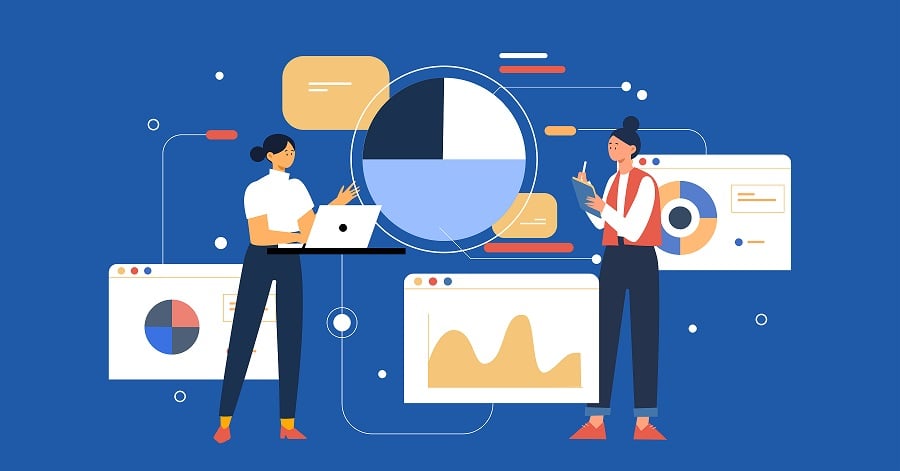

 Don't miss out! Subscribe to our blog for updates.
Don't miss out! Subscribe to our blog for updates.